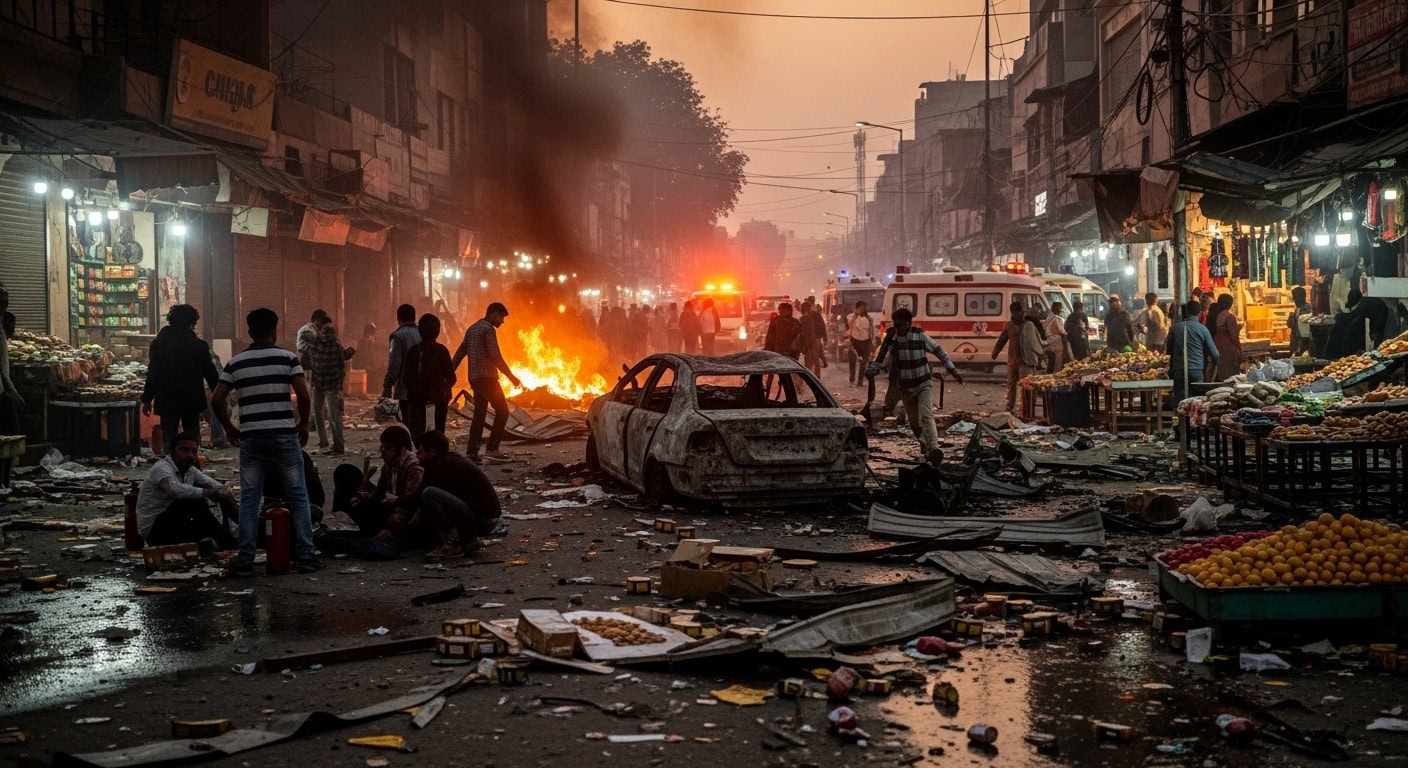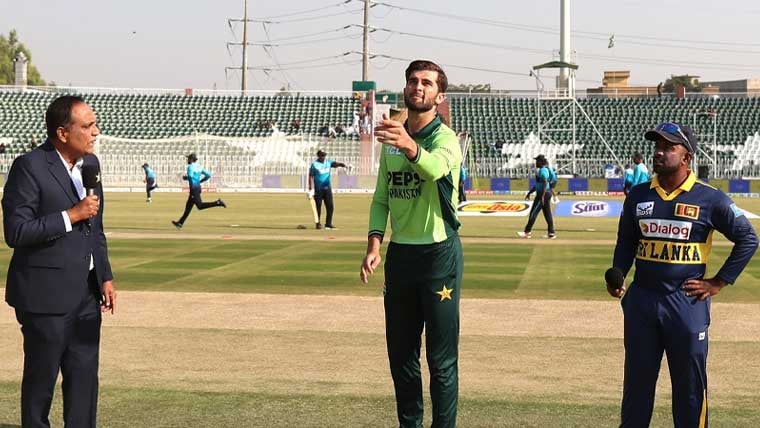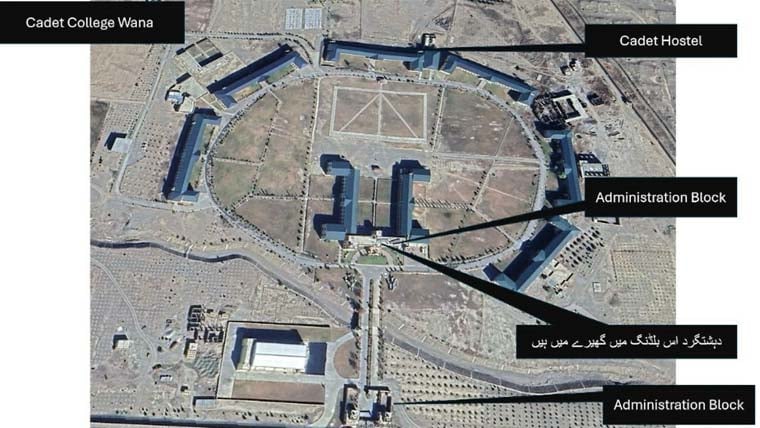
I followed the news closely when the explosion in *Delhi* hit the headlines. It was a massive blast, but the details were clear: Indian media itself confirmed it was a CNG cylinder accident. No group claimed responsibility. Yet, almost immediately, some outlets and social media users began linking it to Pakistan, hinting at “cross-border involvement” without evidence.
As someone observing these patterns, I’ve seen this story before. Around elections, India often witnesses sudden “terror alerts” and narratives of external threats. Analysts I follow have repeatedly pointed out that the timing is predictable: *Bihar is heading into elections*, and fear-based storytelling becomes a convenient tool to shape public opinion, divert attention from domestic governance, and reinforce nationalist sentiment.
What struck me this time was the speed of the narrative shift. Social media accounts, some clearly coordinated, began running disinformation campaigns — amplifying unverified claims, trending anti-Pakistan hashtags, and sharing recycled images of past incidents. Headlines framed the *Delhi* CNG accident as part of a broader “Pakistan-linked” plot, even though every fact pointed otherwise. The arrests reported in the past few days by the ATS? All Indian nationals. No foreign hand was involved.
The real impact of this narrative manipulation hits ordinary people first. Most see the headlines, feel the shock and fear, and immediately assume the worst. By the time the authorities step in to clarify — that it was just a domestic accident with no terrorism or foreign involvement — the false story has already taken hold. This is exactly how perception is shaped: the public forms an impression before the facts ever get a chance to catch up.
For me, this incident underscores a simple truth: it is either a CNG cylinder blast, an accidental mishap, or potentially an inside job. But Pakistan’s involvement? That claim has no basis in reality. The real story — a local accident — gets drowned in the amplified narrative of fear and political opportunism. The coordinated disinformation running on social media only adds to the confusion, making it harder for people to separate fact from fiction.
Analysts have warned that these campaigns are part of a larger pattern around elections. Early “leaks,” repeated claims, and trending hashtags create a cycle of attention that serves political objectives more than security concerns. Observing the *Delhi blast*, I realized how quickly ordinary accidents can be reframed to fit a narrative that serves domestic political agendas.
The lesson is clear: skepticism is essential. Not every explosion or security alert is what it claims to be. Social media may amplify fear, and some media reports may stretch narratives to suggest cross-border involvement where none exists. In *Delhi*, as in previous election cycles, perception is often weaponized, while reality remains far simpler.
The explosion was real, the panic was real, but Pakistan had no hand in it. This is a story about narrative control, disinformation, and the politics of fear — and as someone watching closely, I can only urge readers to pause, question, and look at the facts before reacting.






